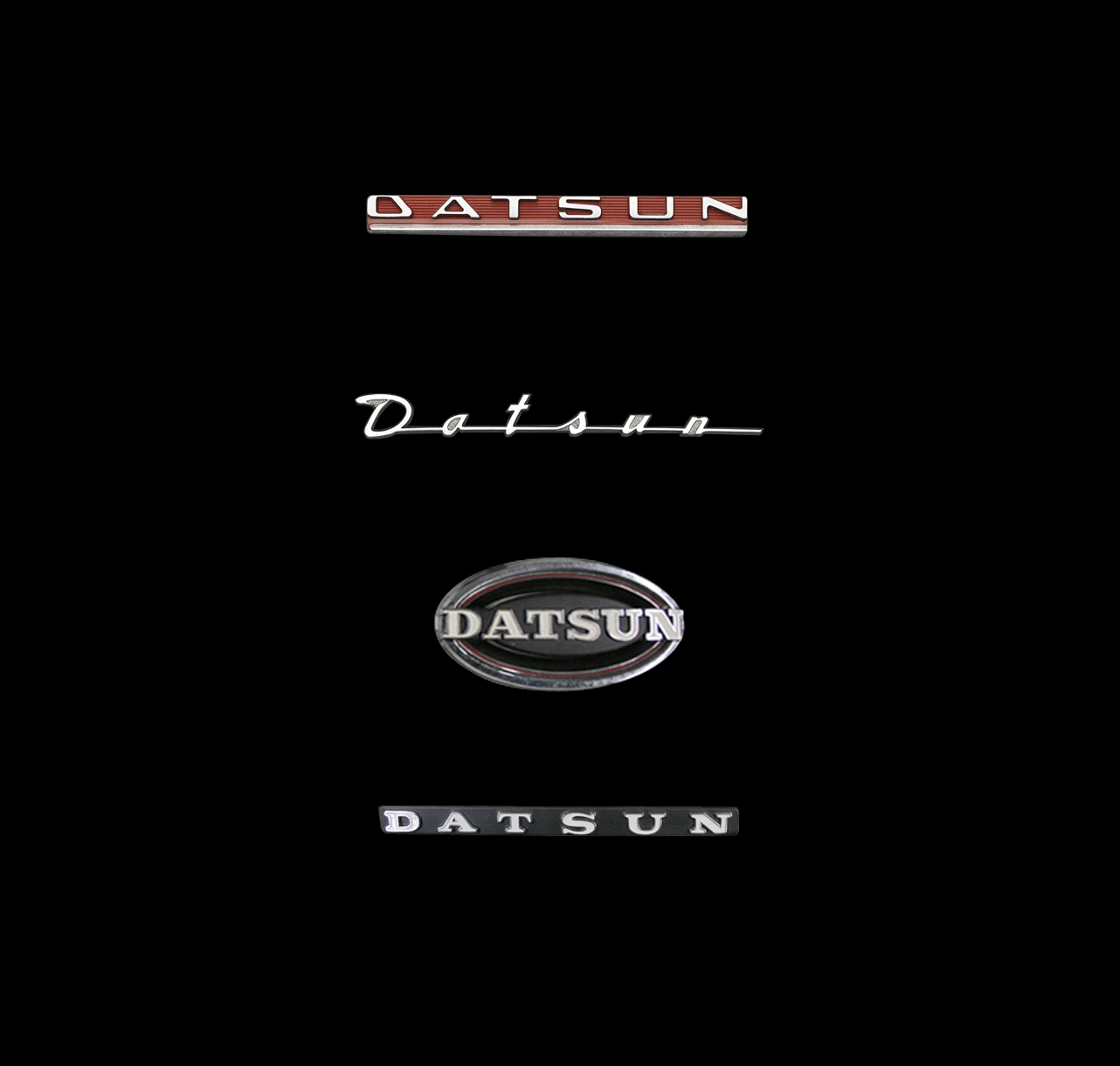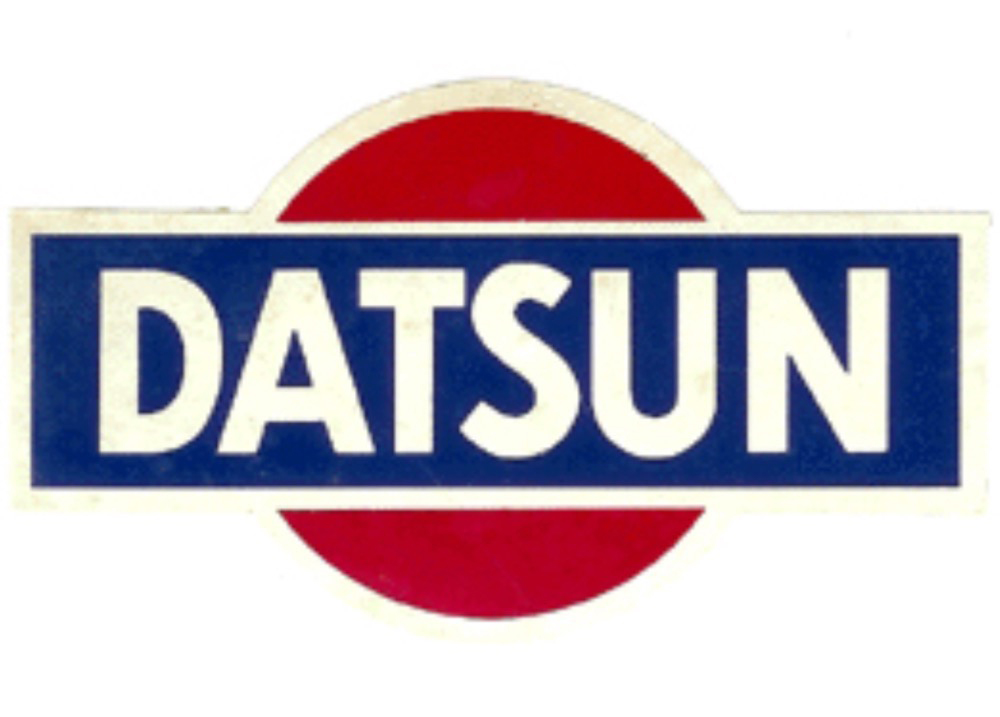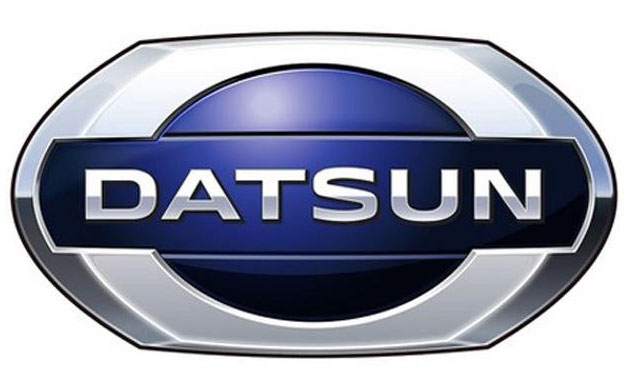The Kwaishinsha Jidosha Kojo company was founded by an American trained engineer by the name of Masujiro Hashimoto back in 1911. He started an auto mobile factory in Tokyo’s Azaboo-Hiroo district.
Three years later, in March 1914 their first car appeared, the Type 31 fitted with a 2000cc four cylinder engine The car was named DAT after his three partners Kenjiro Den, Rokuro Aoyama and Meitaro Takeuchi. Den had helped Hashimoto set up the company while Aoyama was a childhood friend. Takeuchi was a cousin of the former Prime Minister, Yoshida and had helped to subsidise the new vehicle. The name DAT also was transcribed in Japanese as “Datto”, which translated as “a hare in flight” or “running hare”.

This DAT eventually became a full production model, which started rolling (very slowly) of the line in 1916. The production model became a Type 41, a five seater sedan powered by a 15hp, 2300cc four cylinder engine.
Virtually all components of these cars were made in Japan with the exception of the wheels and tyres and the magnetos. These cars were hand made and somewhat of a luxury in Japan. There was no great demand for cars at that time due to the very poor nature of Japans roads and the public transport was perfectly adequate for most people’s needs.
It was not long before Kwaishinsha company was facing great financial problems and was bought out by it’s own sales agency, but production of the Type 41 continued.
In 1918 the Japanese army realised the importance of road transport from its experiences in the First World War and offered subsidies to companies prepared to produce trucks for military use. Seizing the opportunity, the DAT Company converted its DAT model and improved its engine for military use.
A new model arrived in 1923. This was the type 51 Torpedo; a slightly larger open topped tourer, but production was interrupted by the massive earthquake of that year. In the aftermath of this disaster, the demand for vehicles increased dramatically, due to the destruction of the rail networks.
DAT motors was at this time the greatest producer of trucks in Japan.
In 1925 The Kwaishinsha Company merged with the Jitsuyo Jidosha company to form the DAT Jidosha Seizo Company. Jitsuyo Jidosha had started in 1919 and manufactured three wheeled vehicles designed by William Gorham.
The new company based in Osaka continued to produce the Type 41 and a Jitsuyo Jidosha model, the Lila. The company name was changed again to the DAT Automobile Manufacturing Company. DAT finally won a subsidy from the government for its truck production in 1929 and in 1930 a new model, the Type 91 was introduced.
The Type 91 introduced in 1930 was named Datson, which literally meant “son of DAT” This name was changed to Datsun, because son meant “ruin” or “loss”, not the best name to give to a new car.
The following year the company was absorbed into the Tobata Imono Company, a large industrial business. Tobata Imonos president, Yoshisuke Ayukawa wanted to mass-produce cars to compete with American imported cars. Takashi Doto became chief designer in place of Hashimoto and Ayukawas dream became reality when Doto produced a new small car, the Type 10. The car was named Datson, which literally meant “son of DAT” This name was changed to Datsun, because son meant “ruin” or “loss”, not the best name to give to a new car!
Production of the new Datsun began in 1932 with three body styles, roadster, tourer and sedan. This model was equipped with a 495cc engine that produced 10hp, giving them a top speed of 35mph! (56km/h). The first Datsun had arrived!


